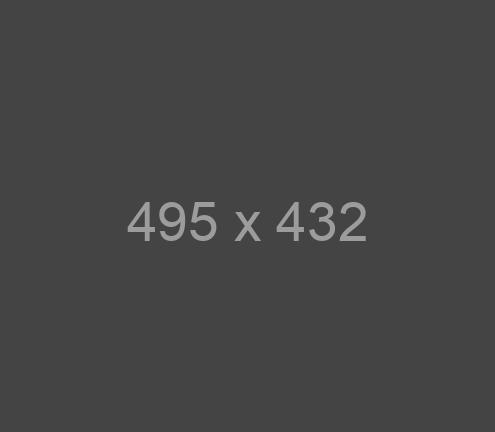The Ultimate Guide To 4cs Of Diamonds
The ultimate guide to 4cs of Diamonds
When buying a loose diamond, it is only necessary to know the basics, and 4C’s are as basic it gets. So, what are the important 4Cs to check before buying loose diamond?
They are Colour, Clarity, Cut, and Carat.
Color of loose diamonds:
Coloured loose diamonds not only form naturally but can also be created in Laboratories. When billions of carbon atoms bond and all are carbon, then a colorless loose diamond is formed.
The GIA lists 27 different hues for natural coloured diamonds, and it is industry’s widely accepted grading system.
The colour grading ranges from D (colorless) to Z (light yellow). GIA's D-to-Z color-grading system measures the degree of colorlessness by comparing a loose diamond under controlled lighting and precise viewing conditions to establish the color value.
More color in a diamond can reduce the prismatic effect of as light passes through the stone. Many of these color distinctions are so subtle that they are invisible to the untrained eye; however, these distinctions make a very big difference on loose diamonds’ quality and price.
Clarity of loose diamond:
Natural diamonds are a result of carbon exposed to tremendous heat and pressure deep in the earth. This process can result in a variety of internal characteristics called 'inclusions' and external characteristics which are tiny imperfections on the surface called 'blemishes.'
Evaluating loose diamonds clarity involves assessing diamond’s blemishes, and inclusions, and determining the number, size, relief, nature and position of these characteristics, as well as how these affect the overall appearance of the loose diamond.
While no diamond is perfectly pure, it is desirable that these clarity characteristics be few as it implies higher quality. Inclusions can be seen with the use of a 10x magnification lens known as a jeweller’s loupe.
Within a category, a "1" grading has fewer or smaller inclusions than a "2".
These as determined by a gemologist as to the naked eye, a VS1 and an SI2 diamond may look exactly the same, but these diamonds are quite different in terms of overall quality.
The grading are:
Carat of loose diamond:
All else being equal, price of loose diamond increases with carat weight, because larger diamonds are rarer and more desirable. Two loose diamonds of equal carat weight can have very different prices depending on other factors within the 4Cs, which are Clarity, Color, and Cut.
If you are buying loose diamond to build your own jewelry item, keep in mind the impact the desired size of loose diamond will create.


Cut of loose diamonds:
Diamonds are famous for their ability to transmit light and sparkle so intensely.
Sometimes you get into it for the wrong reasons and eventually it hits you on the face. These reasons can be drawback but an eye opener too.
Reason to Reject following Drawbacks
High-tech industries play an important role in the modern economy, and often experience significantly higher pay than other industries. And Digital solutions have transformed the world’s.
Sometimes you get into it for the wrong reasons, & eventually it hits you on the face. These reasons can be drawbak but an eye opener too. These reasons can be drawbak but an eye opener too.

Round diamonds are the most expensive and shine the brightest. The GIA Cut Grading System for the standard round brilliant diamond evaluates seven components. The first three are brightness, fire and scintillation; consider loose diamond's overall face-up appearance. The remaining four, weight ratio, durability, polish and symmetry, assess loose diamond's design and craftsmanship.
You can assess the cut from the grading report from gemological labs. These labs issue one of five cut grades:
For a round loose diamonds, Cut grade of Very Good or Excellent will have superior brilliance, whereas Fancy shaped diamonds Cut grade of Good or Better will have good brilliance. Avoid loose diamonds with grades below good.
At Sanghavi Solitaire Inc., our goal is to help you purchase a diamond for a better price than any diamond wholesaler can offer. Every year there are millions of consumers who purchase GIA certified diamonds from various outlets across the world without comparing prices, and thus are overpaying. At Sanghavi Solitaire we try to deliver the best prices possible without sacrificing quality, helping you avoid unnecessary mark-up costs. Looking for a certain diamond or need advice? Call us now at 1800-234-1787.
